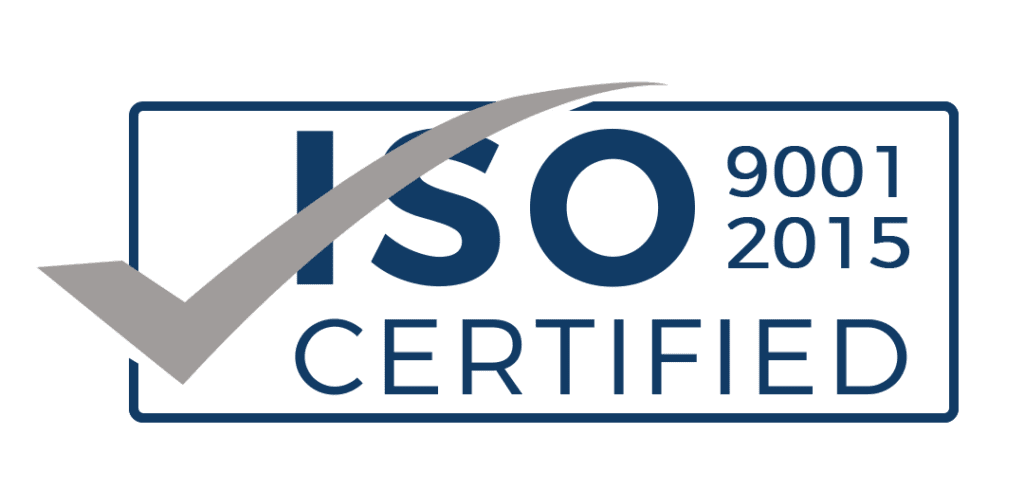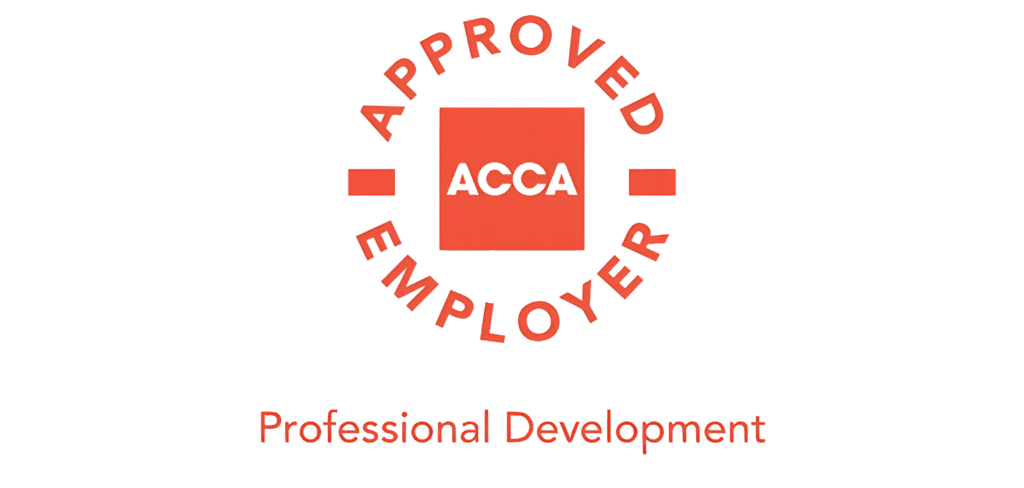One of the key procedures of accounting is Bank Reconciliation. Although a tough and rather tedious task, bank reconciliations are an important task to maintain business accounts and identify and loopholes in financial transactions. While a bank reconciliation may not be 100% accurate, the goal is to attain at least 90 – 95% accuracy and matched information. This article discusses the procedure and its benefits or pitfalls in detail.
Introduction to Bank Reconciliation
Bank reconciliation is the process in which the bank transactions and the company’s own accounts of the same time frame are tallied to look of any discrepancy or irregularity. If any discrepancies are found, the accountants look deeper into them to clear out the missing transactions.
Bank reconciliations are very important in maintaining transparency in accounts and keep the business in good health
Benefits of Bank Reconciliation
Bank reconciliation has several benefits for the business:
1: Accurate Business Insight
A successful bank reconciliation provides detail into where, when and why money was invested. This helps the owners understand overall business patterns. It also prevents investors from either investing less, or more than required.
2: Cash Flow Analysis
Bank reconciliation allows owners to analyze investments and expenses. With regular bank reconciliations, owners and stakeholders can plan their financial transactions and invest money more intelligently.
3: Identify Frauds
Tallying bank accounts and bookkeeping records can identify and irregularities or frauds. If a partner withdraws larger sum of money from the bank but enters lesser amount in the books, a bank reconciliation will immediately identify it.
Although bank reconciliations cannot prevent frauds, it can identify it, which allows accountants and auditors to devise better and secure business strategies.
4: streamline Receivable Accounts
Especially with receivable accounts, bank reconciliations are of great help. In several instances, the bookkeeper may enter an amount as pending while the person may have already paid it to the bank. In otherwise case, the bookkeeper enters the payment was made but it does not receive in the bank. A reconciliation procedure identifies such instances, allows information to be updated and streamlined.
Steps of Bank Reconciliation
1: Comparing Deposits
Compare your current bank statement to your own transaction history. To begin, double-check that all of the deposits shown on your bank statement have been entered into your personal file. If not, make a note of the missed deposits as well as your overall account balance. Check your bank statement to determine if all of the deposits indicated in your records are present. Investigate why a deposit went missing if it was not received by the bank.
It is possible that the deposit arrived after the deadline for the monthly statement distribution. You may receive email or SMS alerts for successful deposits into your account, depending on how you choose to receive notifications from your bank.
2: Comparison of Withdrawals
Similar to deposits, a detailed analysis of withdrawals is necessary. Take a keen look at all withdrawals regardless of the scale of money involved. Every penny of withdrawals must be mentioned. Compare it to the bank records. In case a withdrawal in not mentioned in the list of transactions by the bank, there is need for further investigation.
3: Bank Fee or Adjustments
The bank charges a certain processing fee against transactions. This amount is mentioned in the bank records but usually missing from the company accounts. For instance, the company may withdraw or transfer certain amount to a vendor or supplier. The bookkeeper will enter the amount in its expenses. However, he or she does not deduct the processing fee the bank deducts for withdrawals or transfers. During bank reconciliations, these amounts and fee create a difference in balance.
4: Comparing Balance
At the end of the process, ideally both accounts should have the same net balance. If it is not so, the process may be repeated to identify any loopholes or missed transactions.
Conclusion
Bank reconciliations are important for companies that operate via bank as their major source of transactions. For smaller businesses where cash flow by hand is common, there are other reconciliations methods. Nonetheless, Bank reconciliations are an effective way of keeping companies aware of their financial transactions and overall business standing.
Bader Saleh Auditing of Accounts has a team of skilled individuals who excel in bank reconciliations and offer assistance in the process. Feel free to contact us:
• Office # 0641, Tamani Arts Offices, Business Bay, P.O. Box 111390, Dubai, UAE
• +971 4 570 7357
• +971 58 108 5690
• info@bsauditing.com




